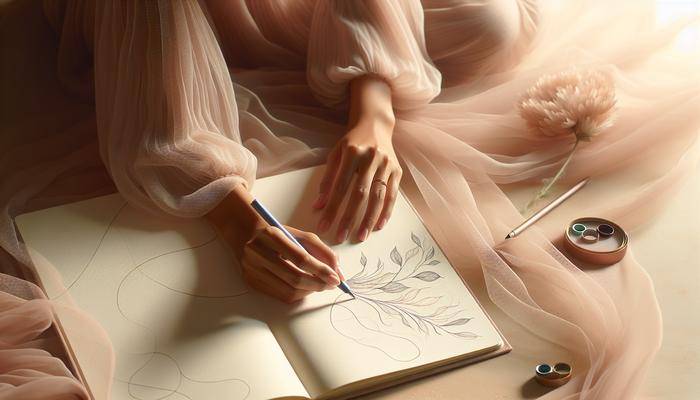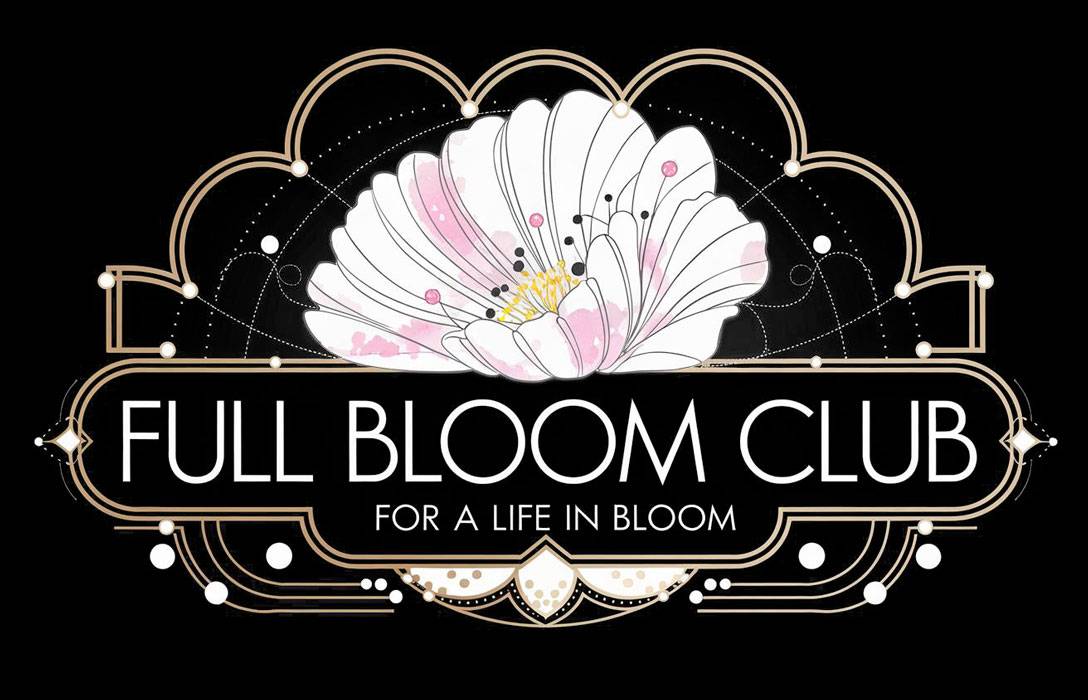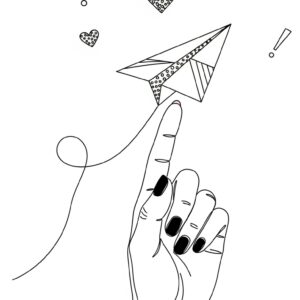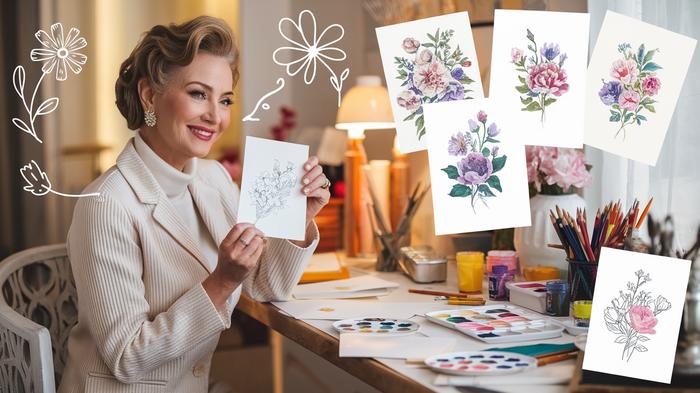The Art of Letting Go: The Unexpected Way To Use Pen and Paper for Daily Self-Care

I never thought I’d find solace in learning to draw at 47, but here I am, pen in hand, discovering a whole new world of creativity and self-expression. It’s been a journey of learning to draw, not just lines and shapes, but a path to inner peace and personal growth. If you’re a woman over 45 looking to explore the transformative power of art, you’re in the right place. Let’s dive into how picking up a pencil can be your gateway to a more fulfilled, balanced life.
Embracing the Blank Page: A Personal Journey
The first time I sat down with a sketchpad, I felt like a fraud. Who was I to think I could create art? But as I tentatively put pen to paper, something magical happened. The world around me faded, and for a few blissful moments, I was lost in the simple act of creating. This, I realized, was more than just drawing – it was a form of meditation, a way to practice mindfulness without even trying.
As I continued my sketching basics journey, I discovered that drawing wasn’t about perfection; it was about presence. Each stroke of the pen became an exercise in letting go of expectations and embracing the moment. It was liberating, and before I knew it, drawing had become an essential part of my self-care routine.
The Science Behind Creativity and Well-being
But don’t just take my word for it – science backs up the benefits of creative pursuits like drawing. Research has shown that engaging in artistic activities can significantly reduce stress levels and improve overall well-being. A study published in the Journal of Positive Psychology found that just 45 minutes of creative activity significantly lessened stress in participants, regardless of artistic experience or talent.
Moreover, neuroscientists have discovered that creating art can actually change the neural pathways in our brains, fostering resilience and flexibility of thought. It’s like a gym workout for your mind, keeping it agile and adaptable as we age.
Drawing as Meditation: The Unexpected Connection
You might be wondering, “How can drawing possibly be meditative?” Well, let me paint you a picture (pun intended). When you’re focused on sketching the curve of a leaf or the contours of a face, your mind enters a state similar to meditation. This state, often called “flow,” is characterized by deep concentration and a sense of timelessness.
Drawing meditation isn’t about creating a masterpiece; it’s about the process. It’s a way to quiet the mind, focus on the present, and let go of the constant chatter in our heads. As you practice, you’ll find that this meditative state becomes easier to access, not just when you’re drawing, but in other aspects of your life as well.
Practical Techniques for Beginner Artists
Now, I know what you’re thinking: “But I can’t even draw a straight line!” Fear not, art adventurer. Here are some simple techniques to get you started on your artistic journey:
- Contour Drawing: Start with a simple object and draw its outline without looking at your paper. This exercise helps train your eye and hand coordination.
- Zen doodle: Create beautiful images by drawing structured patterns. It’s a fantastic way to practice mindfulness while creating art.
- Nature Sketching: Take a walk and sketch what you see. Don’t worry about perfection – focus on capturing the essence of your subject.
- Five-Minute Faces: Set a timer and try to sketch a face in just five minutes. This helps you loosen up and avoid overthinking.
Remember, the goal isn’t to create a masterpiece (though you might surprise yourself!). It’s about the process, the joy of creation, and the peace you find along the way.

Art Through the Ages: Inspiration from History
Did you know that Leonardo da Vinci, one of the greatest artists in history, believed that art was a form of spiritual practice? He saw drawing as a way to connect with the divine and understand the world around him. Similarly, Frida Kahlo used art as a form of therapy, expressing her pain and resilience through vibrant self-portraits.
These artists remind us that drawing isn’t just about creating pretty pictures – it’s a powerful tool for self-expression, healing, and understanding ourselves and the world around us.
The Mindful Connection: Drawing and Self-Care
As women, we often find ourselves juggling multiple roles and responsibilities. In the midst of this chaos, drawing can be a much-needed oasis of calm. It’s a form of creative self-care that allows us to reconnect with ourselves and recharge our batteries.
When you sit down to draw, you’re giving yourself permission to pause, to breathe, and to simply be. It’s a gentle reminder that you deserve time for yourself, that your creativity matters, and that there’s beauty in imperfection.
Overcoming the Fear of the Blank Page
I get it – starting something new can be intimidating, especially when it comes to art. But here’s a little secret: everyone feels that way at first. The key is to start small and be kind to yourself. Remember, this isn’t about creating gallery-worthy pieces; it’s about enjoying the process and discovering a new part of yourself.
One technique I love is to start by making a mess. Seriously! Scribble all over a page, use different colors, make random shapes. Once you’ve broken through that initial fear, you’ll find it much easier to start creating intentionally.
The Unexpected Benefits of Drawing
As I continued my drawing journey, I discovered benefits I never expected. My ability to focus improved, not just when drawing, but in other areas of my life as well. I found myself noticing details in the world around me that I’d never seen before – the way light falls on a flower petal, the intricate patterns in tree bark.
Perhaps most surprisingly, drawing became a powerful tool for problem-solving. When faced with a challenge, I’d often sketch out my thoughts, and solutions would emerge from the page in ways I hadn’t anticipated.
Frequently Asked Questions
- Q: Do I need special equipment to start drawing?
A: Not at all! A simple pencil and paper are all you need to begin. As you progress, you might want to explore different mediums, but there’s no need for expensive materials to get started. - Q: I’m not naturally artistic. Can I still learn to draw?
A: Absolutely! Drawing is a skill that can be learned and improved with practice. Remember, it’s about the process, not perfection. - Q: How often should I practice drawing?
A: Even just 10-15 minutes a day can make a big difference. The key is consistency rather than long sessions. - Q: Can drawing really help with stress and anxiety?
A: Yes! Many studies have shown that creative activities like drawing can significantly reduce stress levels and improve overall well-being.
Embracing Your Creative Journey
As we wrap up our exploration of drawing as a form of self-care, I want to leave you with this thought: your creative journey is uniquely yours. There’s no right or wrong way to draw, no predetermined path you must follow. The beauty lies in the exploration, in the moments of discovery, and in the joy of creating something that didn’t exist before.
So, my fellow adventurers, I invite you to pick up that pen or pencil. Let it dance across the page, creating lines and shapes that speak to your soul. Allow yourself the freedom to play, to explore, and to simply be in the moment. Who knows what wonders you might discover?
Remember, every master was once a beginner. Your journey starts with a single line. Why not draw it today?
I’d love to hear about your experiences with drawing and self-care. Have you tried incorporating art into your daily routine? What challenges or joys have you encountered? Share your thoughts in the comments below, and let’s continue this creative conversation!
And if you’re looking for more inspiration and guidance on your artistic journey, why not check out our Zen Doodle Toolkit? It’s packed with easy-to-follow techniques and prompts to help you unlock your creativity and find peace through art.
Here’s to embracing our creativity, nurturing our souls, and drawing our way to a more balanced, joyful life. Happy sketching!






